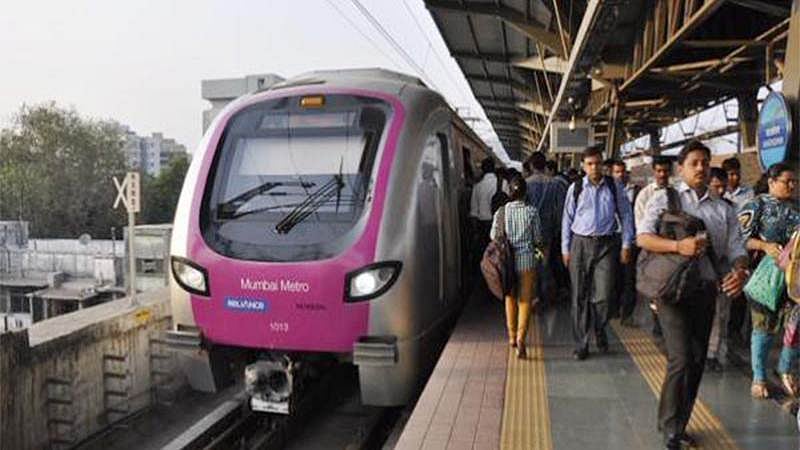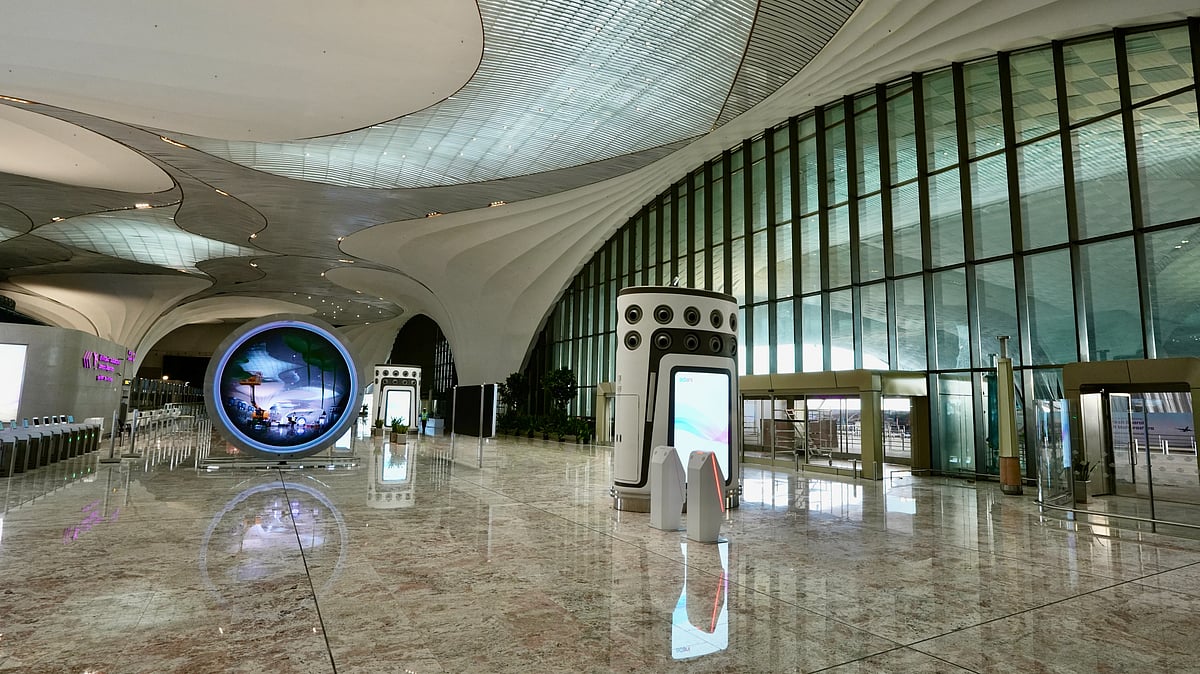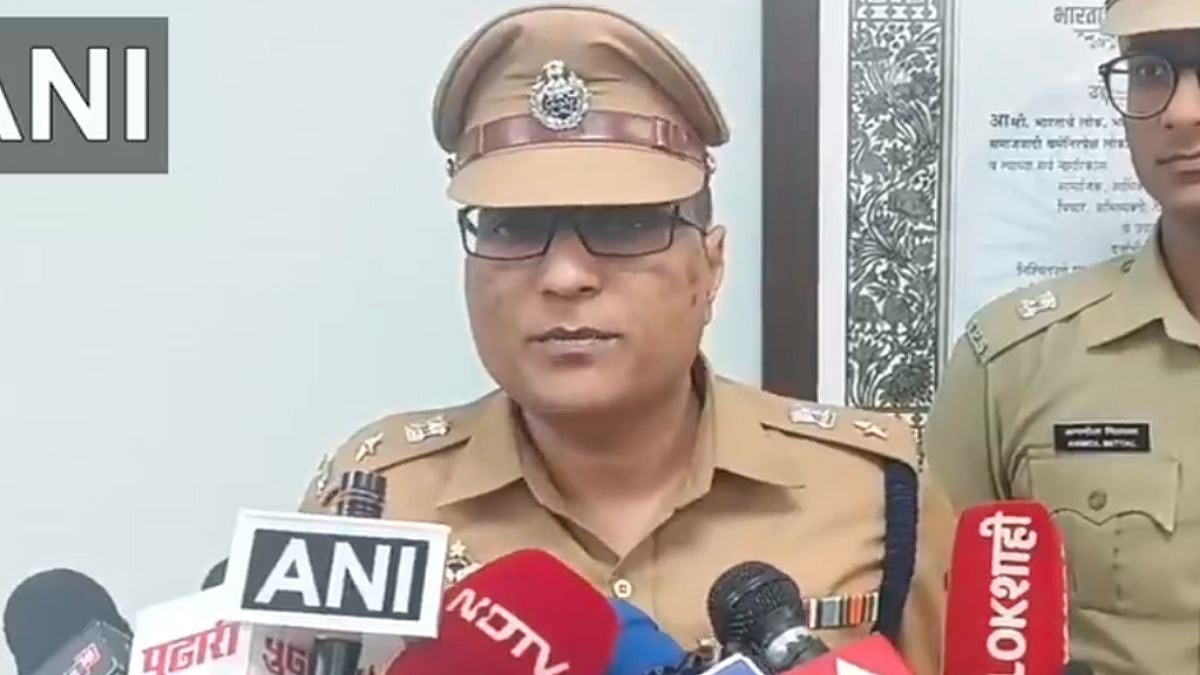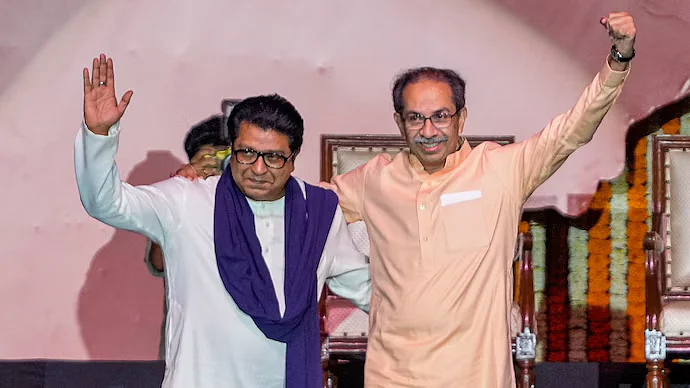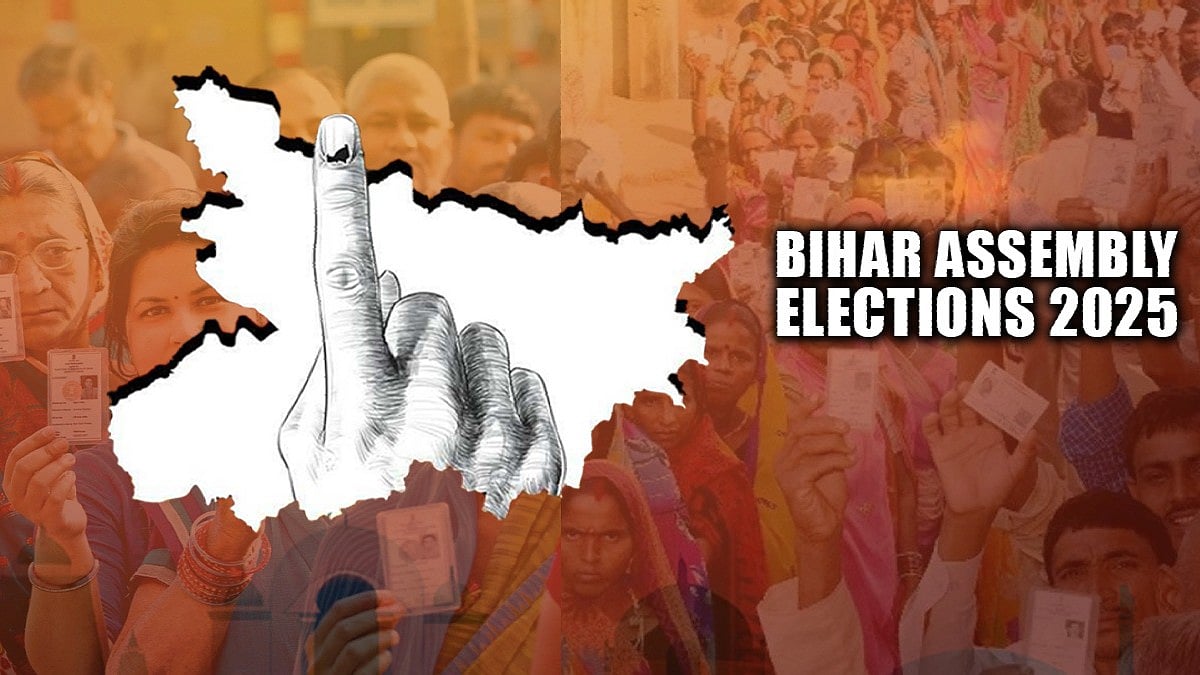THE government’s assurances that more trees will be planted is excessively cynical, since any amount of new plantation will take years to develop and will rarely, if ever, replicate the concentrated areas that are being wiped out. Even 2000 trees along a big road is not equal to a small garden that has existed for 25 years.
A friend of mine who lives in Cuffe Parade was distraught when I met him recently. He, like many others, war aghast to see the felling of trees in the small patch near his house by contractors who refused to listen to entreaties to save them. Dozens of trees, tall and majestic, were lopped off within hours and a lush bit of land in that concrete jungle was reduced to a barren, forlorn rectangle without anything green on it.
My friend had more reason to be upset than most. Many of the trees had been planted by his father as saplings, who had continued to tend to them till he passed away. He used to gaze upon them from his balcony every day. Now all he had were memories.
We know, of course, that the trees were hacked because of Metro 3. Construction for this massive project has begun and the city is dotted with enclosed areas where digging is taking place. In Cuffe Parade and other places, the tunneling is creating a lot of noise and the authorities want to extend the hours beyond 10 pm. Locals, who are getting frustrated with the noise, are aghast at this demand.“Now we won’t be able to sleep,” they say.
At the other end of the city, the government has given its go ahead for a large patch of land in the pristine and green Aarey Milk Colony to be taken over for construction of a car shed, where repairs will take place. After the decision was announced in 2015, there were protests and the government relented. Chief minister Devendra Fadnavis had said that Aarey would not be touched and an alternative site would be selected. The activists suggested Kanjurmarg and this looked feasible.
But then suddenly, Aarey Milk Colony was back in contention and all the government permissions were obtained swiftly.
Morever, the exact amount of land to be used is still uncertain since many figures have been put out. At first, reports said that 30 hectares were announced, which, after objections, was reduced to 20.8 hectares. Then it suddenly became 62 hectares! This is not much relative to the size of the colony, which is said to be 4000 hectares and includes cattle sheds, the dairy, and some built up areas, including a private builder’s complex which was very controversial when it was constructed. There are slums too. But 62 hectares by itself is very significant when seen in the context of Mumbai, where every bit of greenery is precious.
Aarey Milk Colony, Sanjay Gandhi National Park, the Race Course and several small patches and gardens like the one in Cuffe Parade are important green lungs for this highly polluted metropolis and make live livable. To reduce them seems criminal. The government’s assurances that more trees will be planted is excessively cynical, since any amount of new plantation will take years to develop and will rarely, if ever, replicate the concentrated areas that are being wiped out. Even 2000 trees along a big road is not equal to a small garden that has existed for 25 years.
Naturally, people are angry. Assuming that the Metro 3 will be beneficial – and there are some queries about that too – can it not be done with minimal damage to greenery? There are questions raised about the long, south north axis of the project, given that there is poor population density in south Mumbai and increasing number of people are now working in Parel, BKC and north Mumbai and the numbers in Nariman Point, Fort and Churchgate are coming down.
The BMC says that the number of trees in Mumbai has grown to beyond 21 million. If accurate, this is good news. For this, not just the corporation but also citizens, who have become very alert in recent times, must be thanked. Now, if someone sees a tree being hacked, they immediately protest or want to know if permissions have been taken. Often builders manage to get rid of trees, but equally, builders now promise greenery as part of their project’s highlights. Consciousness about greenery and its importance has certainly grown and it should grow even further.
But when the authorities themselves allow trees to be felled so indiscriminately, what is one to do? The irony is that after the Cuffe Parade incident, or massacre, as one might call it, the Mumbai Metro Rail Corporation Ltd has set up a committee, which includes citizens, to monitor tree cutting on the long route. Now why couldn’t this be done earlier? Why did it take an effort by the citizens to take the matter to court and the courts to pass down an order restraining the authority from cutting trees? Clearly, the courts were not convinced by the MMRCL’s adherence to the provisions of the Protection and Preservation of Trees Act. One hopes things will now improve.
It will take vigilant citizens and a committed bureaucracy to ensure that the city’s green cover remains intact and grows. Mumbai’s trees are a valuable resource—some amount of leeway has to be given to ensure development, but any cutting and removal can be done sensibly and sensitively. This is the only way to save this city for future generations.
The author is a Founding Editor of The Wire.
He is a journalist and writer based in Mumbai
